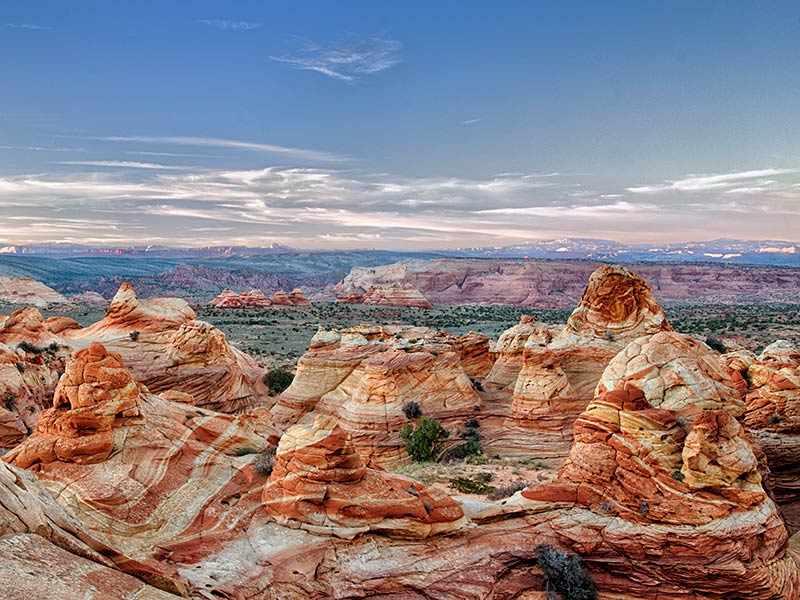Protecting Grand Canyon-Parashant and Vermilion Cliffs National Monuments from Off-Road Vehicles
The region is home to spectacular landscapes, unparalleled geological formations, artifacts from more than 10,000 years of human history, and wildlife. Solitude and remoteness are essential to the character of these lands.
Clients
Regional Office / Program
Case Overview
President Clinton created the Grand Canyon-Parashant and Vermilion Cliffs National Monuments in 2000 to protect their spectacular landscapes, unparalleled geological formations, artifacts from more than 10,000 years of human history, wildlife, and the solitude and remoteness essential to the character of these lands. To protect these valuable resources just north of the Grand Canyon, the Presidential Proclamations specifically prohibited the use of motorized vehicles off of any roads.
Instead of extending the National Monuments the especially protective management to which they are legally entitled, the U.S. Bureau of Land Management (BLM) adopted resource management plans (RMPs) that treat the monuments as if they are indistinguishable from general multiple-use BLM lands. This is perhaps most evident in BLM’s designation of a spider web of thousands of miles of trails and routes for motorized vehicles that BLM admits will damage the objects to be protected by the proclamations.
In addition to failing to comply with the Monument Proclamations, BLM also relied on a settlement agreement between the Department of the Interior and State of Utah to unlawfully disavow its statutory authority to fully consider the protection of wilderness-quality lands in the monuments. As a result, the solitude, remoteness, and wildlife habitat so important to these lands may be degraded or destroyed by motor vehicle use and other activities permitted by BLM.
In May 2013, the Ninth Circuit upheld the monuments’ RMPs in a short, unpublished opinion that will not serve as precedent for future cases.

Case Updates
Case page created on May 4, 2009.